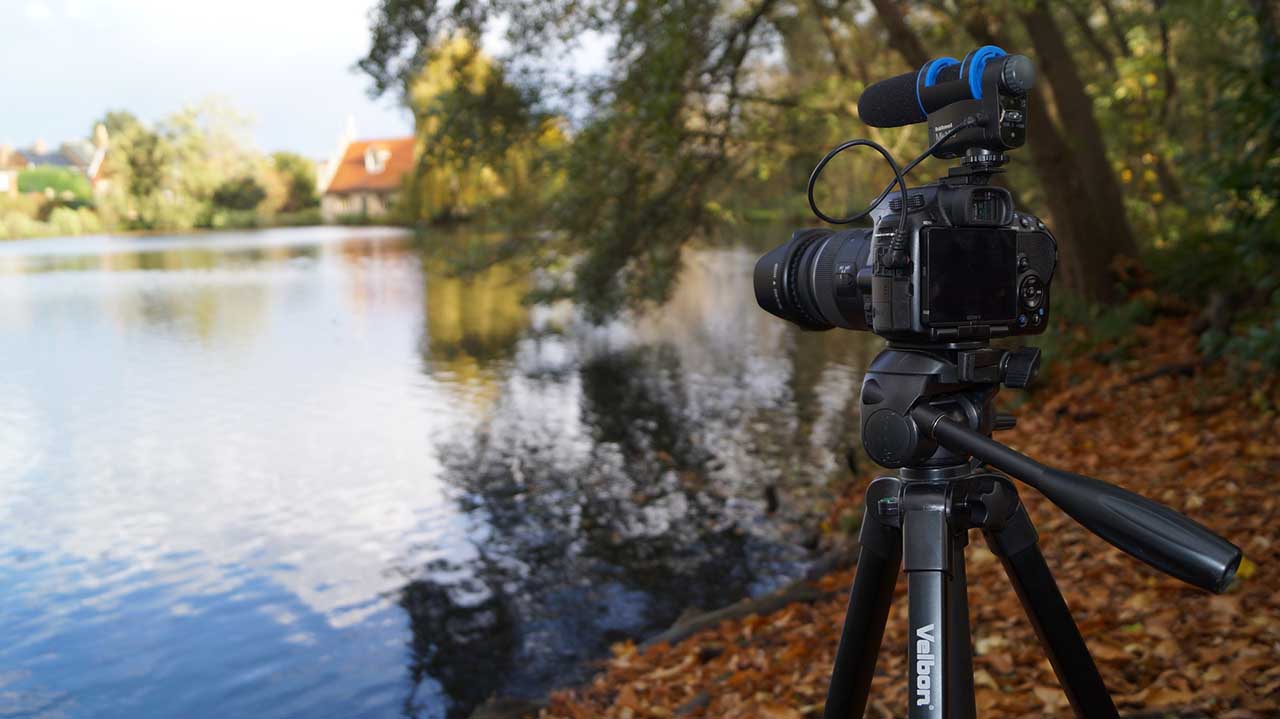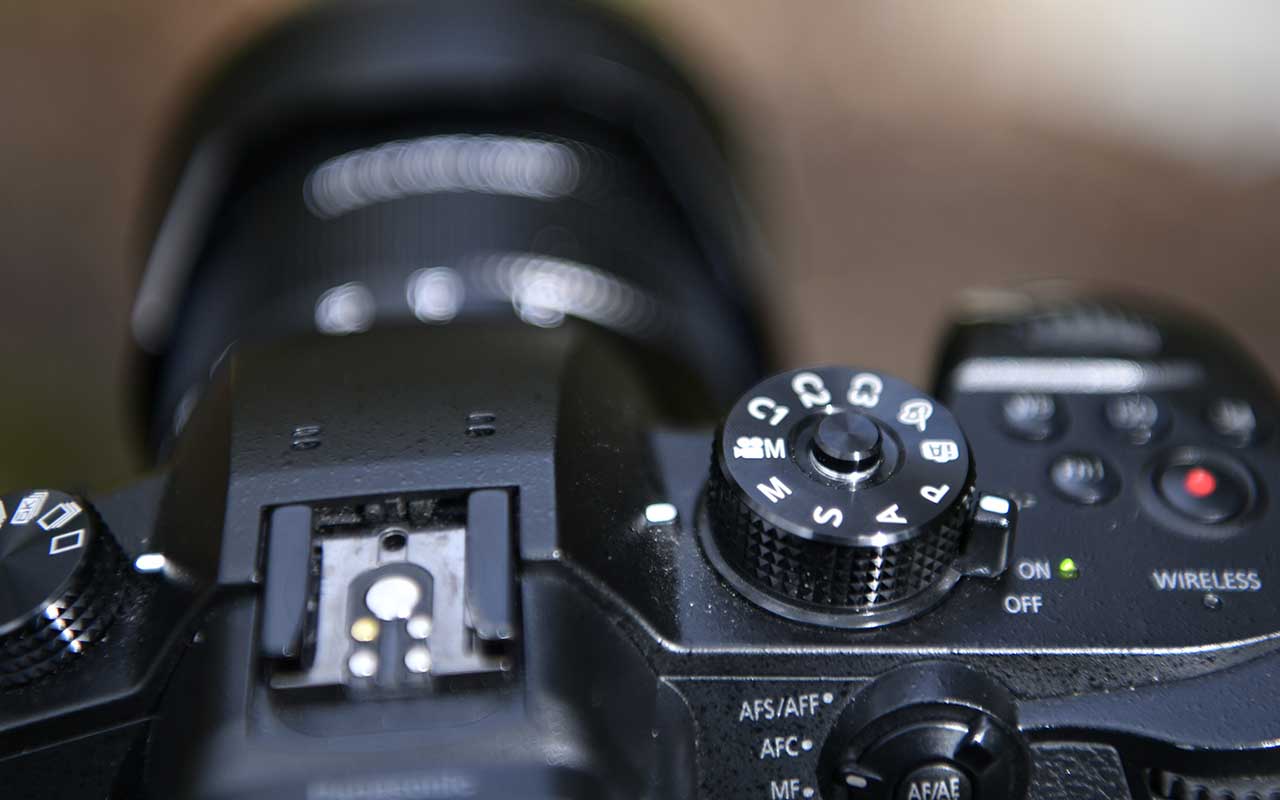What is the best frame rate for video?
In a word, you probably want to shoot 60 frames per second, if your camera allows for it, to give you the most flexibility. But it’s a little more complex than that. Steve Fairclough explains the different frame rates for shooting video and when and why you might use them
Nikon changed everything with the D90, bringing HD video to interchangeable lens cameras and turning a generation of photographers into videographers. But with moving images comes new learning, and at the core of this is understanding frame rates and how they affect your video.
In this tutorial we’ll explain what frame rate to use for shooting video to ensure your footage looks as you’ve intended.
What you’ll learn
- What are video frame rates?
- The uses of different frame rates
- How shutter speeds work with frame rates
- Post-production considerations
- Suggested camera choices
What you’ll need
- A camera with frame rate options (preferably 24fps to 120fps)
- Fast memory cards (at least 30MB per second write speed)
- A fast, high-quality hard drive to store video footage
- A computer with enough memory to handle video editing
- Video editing software
The PR blurbs for many of today’s newest cameras that shoot video often make a big thing about the range of the different frame rates they offer, but What are frame rates? Why do they matter? AND What creative possibilities do differing frame rates offer filmmakers?
What are frame rates in video?
Put simply, frame rates are an expression of the number of frames per second that a video camera records. You’ll see numbers like 24 frames per second (fps), 30fps, 60fps and 120fps but, in truth, they are all designed to trick your eyes into seeing motion.
What video cameras are actually doing is recording a series of stills, which are then played back to give the appearance of motion when watched by human eyes. If you think of cartoons they are essentially a series of stills which, when shown in sequence, appear to show a smooth, continuous story – it’s exactly the same principle for video shoots.
At 12fps or lower your brain begins to differentiate the individual frames and they no longer seem seamless. Once you get up to 18fps your brain can process the frames as fluid animation. Early films were often shot at 16-20fps but then played at faster rates, which is why many of the early silent films have a ‘jerky’ look.
Why do frame rates matter?
The choice of frame rates is important for both practical and creative reasons. The practicality comes in when you have to consider what you are shooting and where it will be shown.
For example, whilst 24fps is the worldwide standard frame rate for motion picture projection it is too ‘slow’ to record fast action sports, which should be recorded at 60fps or faster to avoid motion blur in the footage.
When shooting at 24fps it’s important to avoid quick pans and tilts because they may cause an image to stutter.
How to use frame rates
As a rough guide here’s a quick list of how different frame rates can be used:
- 1 frame per hour: for extreme time-lapse photography.
- 1 frame per minute: for time-lapse photography and stop-motion animation.
- 18fps: used for early motion picture films.
- 24fps: almost always used for movies as it’s the worldwide standard for cinema projectors.
- 25fps: the standard frame rate for European PAL TV broadcasts.
- 30fps: the standard frame rate for NTSC TV productions.
- 48fps: a higher frame rate, with more detail, that was used for The Hobbit series of movies. It makes footage look ‘more real’ and eliminates blur on pans and fast action.
- 60fps: this faster frame rate is better for capturing action, such as sports, as it will help to keep motion smooth and details crisp. It is also used for slow-mo and/or still frame capture.
- 120fps: a faster frame rate that’s used for slow-motion.
- 300fps+: a very high-speed frame rate used for ultra slow-mo footage.
- 2500fps+: ultra high-speed rate that’s used for special effects for explosions and pyrotechnics.
Key frame rate considerations
You should consider how realistic you want your video to look. If you use too high a frame rate your footage can have too much detail and will look unnatural. However, if you choose too low a rate for your needs the footage will look jumpy and difficult to watch. Sports shot at too low a frame rate will display unwanted blur.
The other major thing to think about is how the final footage will be shown. As mentioned above 24fps is usually best for movies, 30fps is usually best for TV productions (such as news, drama and documentaries) whilst 60fps is better for sports footage.
You also must consider the relationship between shutter speeds and frame rates. For example, if you shoot at a shutter speed of 1/30sec with a frame rate of 60fps your camera will only capture 30 images per second and you’ll end up with duplicated images on frames.
You must always keep the shutter speed faster than the frame rates. As a rule (aka the 180 degree shutter rule) you should always make the shutter speed double that of the frame rate, so 30fps footage should be shot with a shutter speed of at least 1/60sec.
Post-production considerations
Like any aspect of capturing video you must consider how frame rates choices will affect your post-production workflow. Unsurprisingly, the higher frame rate you use will mean more information, hence more data, will be in each second of your footage. This extra information will mean you are working with bigger files and therefore longer export times.
If you plan to upload and stream your videos online it’s worth considering this and you won’t want viewers to stop watching your videos if they are large files that are buffering. However, on the plus side, higher frame rates do give you more flexibility for edits as you have more image information to work with.
Which frame rates should you choose?
There is no absolute best frame rate to choose but if you always consider keeping footage realistic, the speed of what you want to capture and the final planned output (TV, cinema or online) you won’t go too far wrong.
If you want to increase your creative shooting choices it’s probably best to look at cameras that will offer you a frame rate range of at least between 24fps and 120fps.
Examples of these include the Panasonic Lumix TZ200, the Sony a7 III, the GoPro HERO6 Black (up to 240fps), the Blackmagic Pocket Cinema Camera 4K and the Fujifilm X-T2.






Thank you for the info! 🙂
I found that 15 FPS is good for recording a speaker / teacher with a power point even if the power point may have some video like city movement / drone etc
60FPS is rapidly becoming the standard to film things at for most things, in fact even hollywood is starting to use 48/60FPS. 24FPS is only used because of a limitation of old technology (and of course people who think that it’s “Cinema” who can’t adapt to new and better tech).